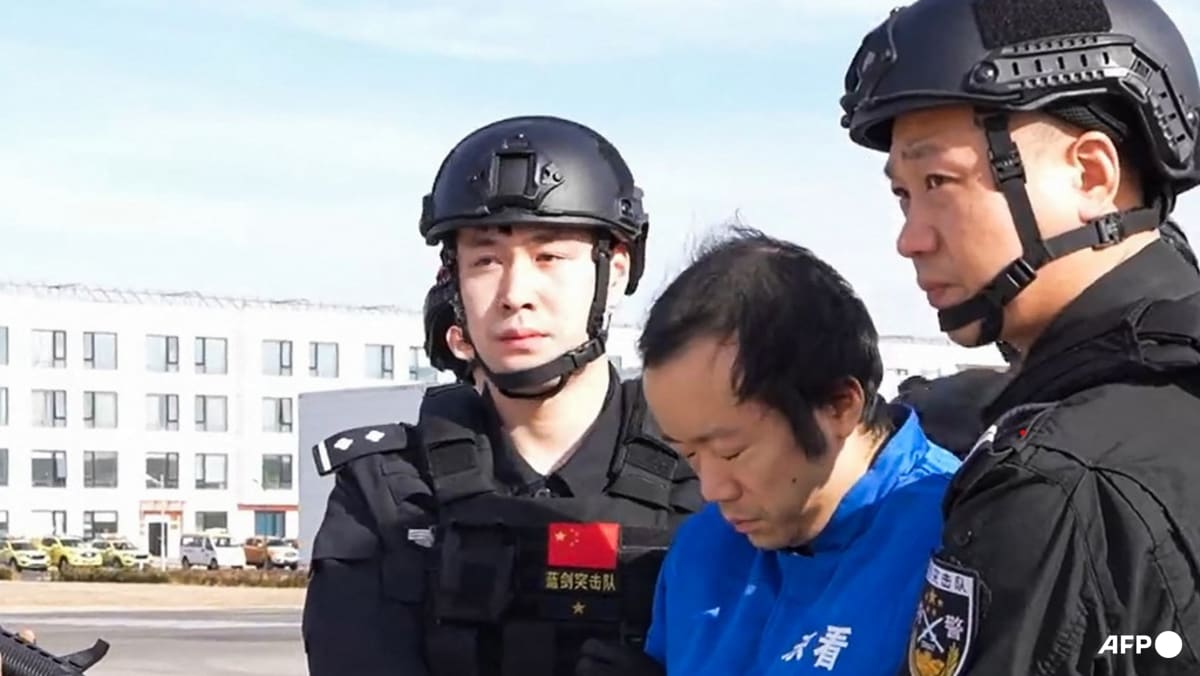Commentary: Respiratory illness surge in China can’t help but trigger COVID-19 memories

This is not just in terms of technical capability – the cause of the respiratory infections in Beijing and Liaoning were rapidly ascertained – but also in terms of transparency and international cooperation.
China’s secrecy and delays in releasing information to WHO during the early days of the COVID-19 pandemic, which further fuelled the divisive debate about a “Wuhan lab leak” or an animal origin for SARS-CoV-2, will unfortunately colour perceptions of the country’s transparency for some time to come.
For the current surge in respiratory illness, WHO requested additional information from China on Nov 22, via its International Health Regulations mechanism. The very next day, WHO and Chinese health authorities held a teleconference, where the requested data were provided.
The more such reporting and accounting is normalised, the better prepared we will be for future pandemics.
FAKE NEWS AND MISINFORMATION CAN RUN RIFE
But this episode also demonstrates the ongoing challenge of struggling against misinformation, particularly in the social media space.
On Nov 21, an abridged, edited and machine-translated excerpt from Taiwanese media FTV News was posted on the Program for Monitoring Emerging Diseases (ProMED) site. It highlighted an “outbreak of pneumonia in China”, with children’s hospitals in Beijing and Liaoning “overwhelmed with sick children”, schools “on the verge of suspension” and parents questioning “whether the authorities were covering up the epidemic”.
ProMED is the global disease surveillance system run by health experts that sounded the early warning on COVID-19. This ultimately triggered a WHO response that fuelled further global media reports and conjectures.
Source: CNA















